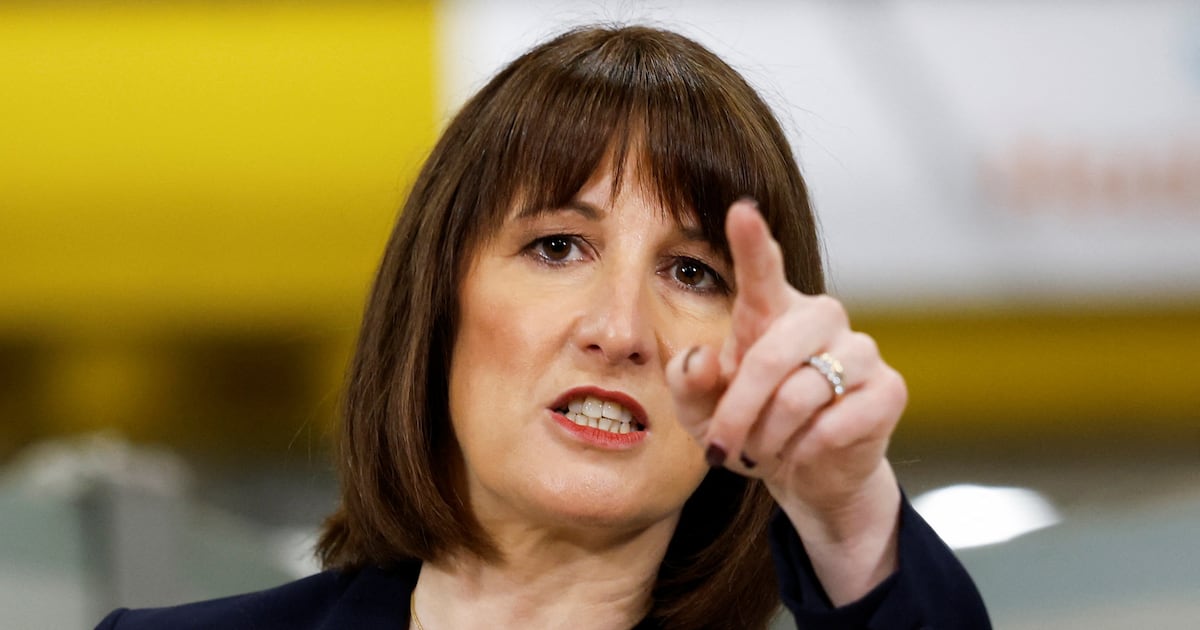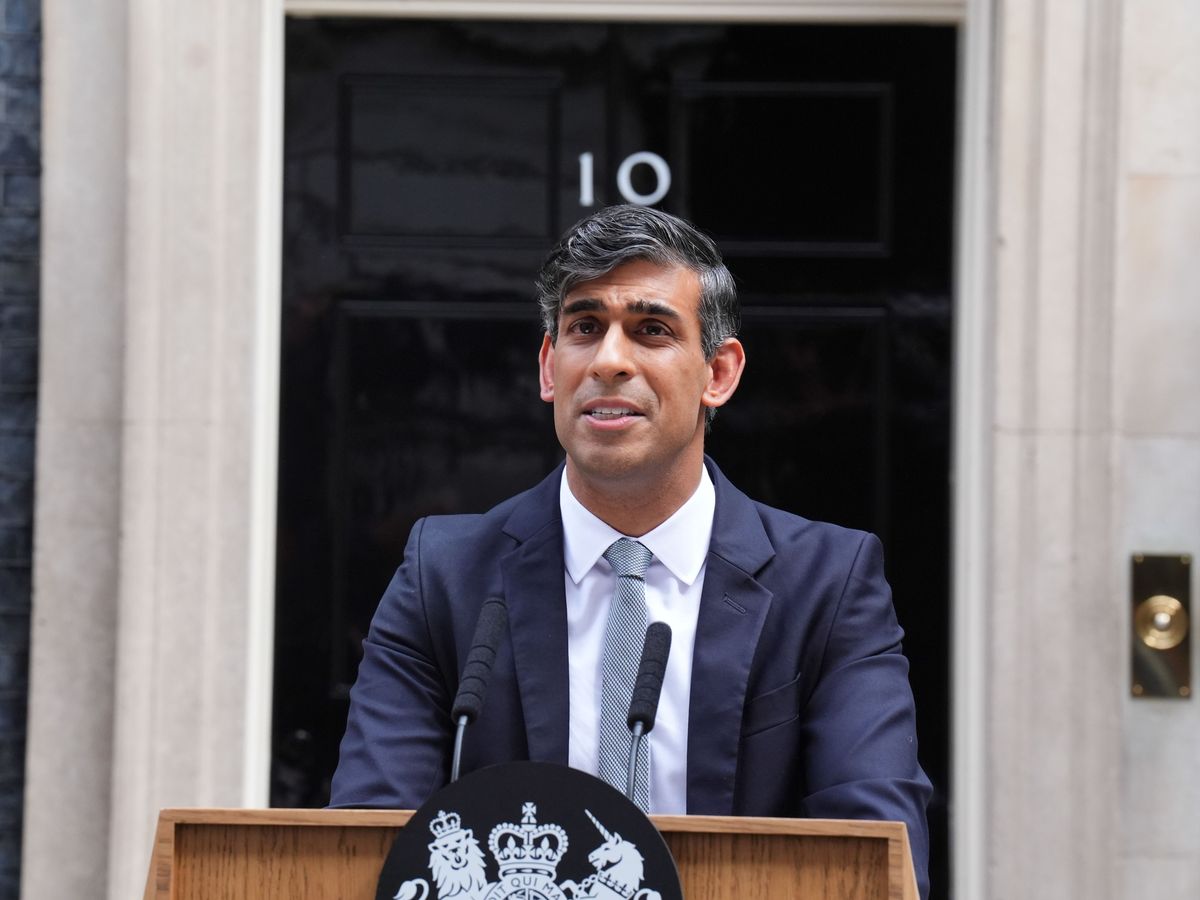Long-term borrowing costs in the UK reached their highest level since 1998 on Tuesday, as concerns over the country’s economic outlook combined with a global move higher in bond yields.
In a move that adds to pressure on chancellor Rachel Reeves ahead of her Autumn Budget, the yield on the 30-year gilt rose 0.03 percentage points on Tuesday morning to 5.67 per cent. Bond yields rise when prices fall.
UK borrowing costs are among the highest in the G7, thanks to the UK’s persistent inflation and rising public debt.
“We’re seeing a slow-moving vicious circle: rising debt concerns push yields higher, worsening debt dynamics, which in turn push yields higher again,” said Jim Reid, head of macro research at Deutsche Bank.
The move higher in gilt yields comes amid upward pressure on borrowing costs in other major bond markets. In the US, Treasury yields have been moving higher as President Donald Trump has renewed his attacks on the central bank, while in Germany, government plans to significantly increase spending have driven borrowing costs up.
Investors are awaiting Reeves’ Budget to see how the government plans to tackle the large deficit while remaining within its own fiscal rules. A grind higher in bond yields this year has reduced Reeves’ so-called headroom, by increasing the cost of servicing government debt.
“Tax rises are inevitable, but we are reaching a stage where further tax rises could become counterproductive,” said Mohit Kumar, chief European economist at Jefferies, who added that he was negative on the outlook for long-dated gilts.
“So far the government has shied away from difficult decisions on spending cuts which would be required to bring the fiscal picture back in order,” said Kumar.
Copyright The Financial Times Limited 2025


